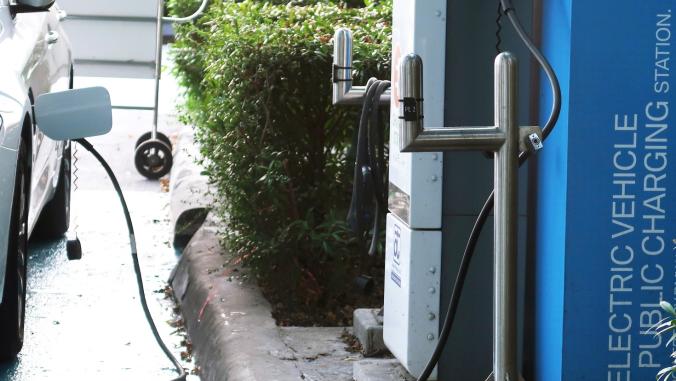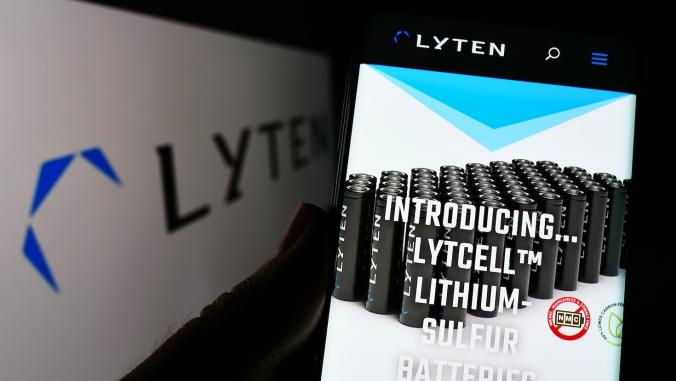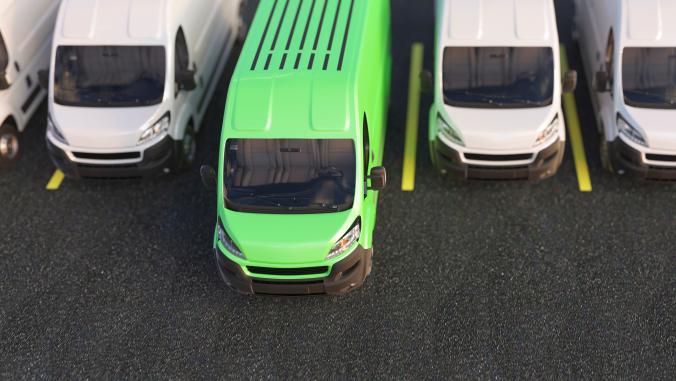
This article is adapted from GreenBiz's weekly newsletter, Transport Weekly, running Tuesdays. Subscribe here.
If you weren't already wary of Uber and Lyft's potential negative effects on cities, here's new research that should give you pause.
California's clean air regulators recently came out with a report (PDF) that found that the carbon emissions of Uber and Lyft's vehicle fleet per passenger-mile is over 50 percent higher than regular cars driving on the roads. That's because ride-hailing drivers travel around, without passengers (called deadheading), looking for rides for close to 40 percent of the time.
For someone that lives in ground zero of the ride-hailing movement (San Francisco) and has seen the city's traffic spike directly because of ride-hailing, this new finding really ticks me off. Ride-hailing companies Uber and Lyft continue to paint themselves as sustainable transportation companies (especially in their S-1s) but more studies coming out over the years indicate that they are causing major transportation problems.
For this latest study, the California Air Resources Board (CARB) collected the emissions data as the first step to implementing SB 1014, which calls for CARB to set annual greenhouse gas emissions reductions targets for ride-hailing companies' fleets in California by next year. The law is the first of its kind in the country, and seeks to push Lyft and Uber to adopt zero emissions vehicles, encourage more collaboration with public transportation and boost the use of their networks' scooters and bikes.
Uber and Lyft continue to paint themselves as sustainable transportation companies but studies indicate that they cause major transportation problems.
One way to reduce emissions from ride-hailing is if their fleets adopted a lot more electric vehicles. Don Anair, research and deputy director of the Union of Concerned Scientists' Clean Vehicles Program, wrote an excellent blog post last week looking at a variety of positive environmental benefits that electrifying ride-hailing would bring to cities. In his own words he really "makes the case for electrification and why it is critical for Uber and Lyft to lead, rather than lag on transportation electrification."
Unfortunately, Uber and Lyft won't embrace electrification in a meaningful way on their own. The companies aren't profitable and aren't going to add extra costs and hassle into their already struggling business models.
That's why cities and states need to much more aggressively regulate these companies and both force them to add electric vehicles, as well as provide funds and programs for charging infrastructure and financing for drivers. Drivers need major support shifting over to buying and using EVs, including widespread public chargers and education on what vehicles to buy and how best to use them. Without broader ecosystem support, electrifying ride-hailing efforts will fail.
In the past, transportation experts have advocated for strong incentives for encouraging pooling rides, making ride-hailing more efficient, but sadly many Americans just won't opt for pooled ride-hailing. Pushing Uber and Lyft users back onto public transportation, as well as bikes and scooters, is also another way to manage the emissions issue.
But electrifying ride-hailing fleets is the best and simplest way and would provide greater environmental effects, such as reducing air pollution in urban areas. CARB should set very aggressive ZEV goals for Uber and Lyft to meet in 2021. As clean energy expert and advocate Jigar Shah tweeted last week:
Sounds like @Uber and @lyft should be required to only use EVs starting next year, why because local pollution has real health impacts and there are 20 new EV models all of which need buyers and have $7,500 tax credits available for the next 200,000 cars. This is scale policy.
It's time for Uber and Lyft to go electric, whether they want to or not.




